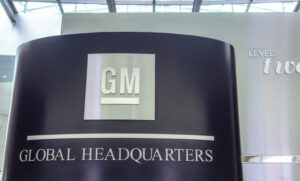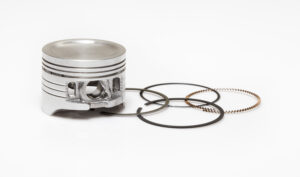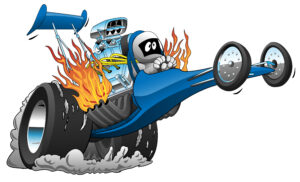
Banks Twin Turbo
Turbo is the way to go! Whether it’s a race car or high performance street machine. This time the Horsepower guys will install a hot new turbo setup on a small block street engine…….no cart….. and hear it grunt on their in-shop engine stand.
Season 8
Episode 22






























